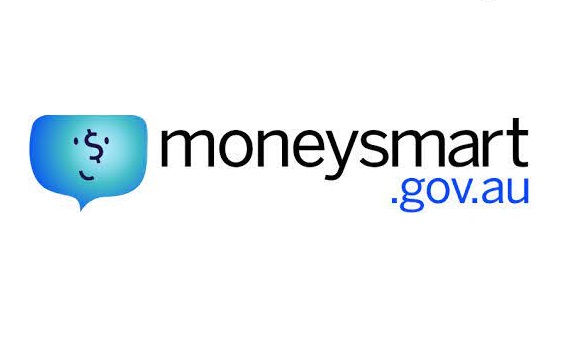Moneysmart Introduction
Moneysmart is a project of the Australian Securities & Investments Commission (ASIC) that consists of a website, publications, and educational programs. It provides data and tools to aid in financial decisions. Its tagline is “Simple guidance you can trust.” As a part of the National Financial Literacy Strategy 2008-2010 of the Australian Government, the Moneysmart website was launched on March 15, 2011. FIDO (www.fido.gov.au) and Understanding Money, two other consumer websites previously managed by ASIC, have been superseded by Moneysmart (www.understandingmoney.gov.au).
Financial Information Delivered Online, or FIDO, was introduced by ASIC in 2000. The Australian Government handed the duties of the Financial Literacy Foundation to ASIC in July 2008, which included running and maintaining the Understanding Money website.
The Moneysmart website offers materials for teachers as well as information on a variety of financial topics, including banking and budgeting, home loans, credit and debt, investing, planning, and retirement insurance. It offers over 25 tools and calculators that consumers may use to understand the problems they encounter and make better financial decisions. It may also direct users to financial consultants for special situations.
Banking and Budgeting
Banking Details
Savings accounts
Transaction accounts and debit cards
Joint accounts
Direct debits
Unauthorized and mistaken transactions
Banking and credit scams
Identity theft
- Budgeting –You can better track your spending if you have a budget. You can create a strategy to achieve your financial objectives as well as set aside money for bills and other needs.
- Record your earnings – Keep track of when and how much money is coming in. Calculate an average sum if you don’t have a steady income.
- Add up your expenses – Examine your bills or bank statements to confirm that you have listed all of your spendings. Include the purpose, cost, and date of the expense.
Investing and Planning
These are the strategies for effective investing. They’ll assist you in locating investments that match your level of risk tolerance and investment horizon. Moreover, it will speed up your financial progress.
- Before investing, pay off all of your debts, including credit card debt and personal loans.
- Have emergency funds saved up; try to have three months’ worth so you won’t have to sell an investment if you need money right away.
- Keep a closer eye on your investments; periodically evaluate them to make sure you’re on track.
Super and Retirement
A way to save for retirement is through super. A portion of your salary from your company must be sent into your super account, where it is invested by your super fund until you retire.
- choosing a fee-effective account
- evaluating the effectiveness of many additional funds
- merging your accounts if you have multiple
- before changing your money, verify your insurance
- understanding what is involved before choosing an SMSF
- avoiding anyone who offers to withdraw your retirement benefits early
Insurance
A product disclosure statement is required by law to be provided to you before you purchase life insurance.
- what the policy covers and what it doesn’t
- what details you must provide an insurance
- information on premiums and their evolution
- how to make a claim
- procedure or outcome
Moneysmart for teachers
The free educational materials were created by teachers for teachers. By providing you with useful, high-quality information and tools that are simple to use, they hope to make your job easier. Select from e-books, interactive games, and work units aimed at stimulating and improving students’ critical thinking and problem-solving skills.
Visit All Scam Reports Facebook page for more updates
Visit All Scam Reports Instagram page for more updates
Visit All Scam Reports Quora account for more updates
Visit All Scam Reports Tumblr page for more updates

